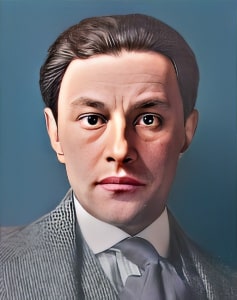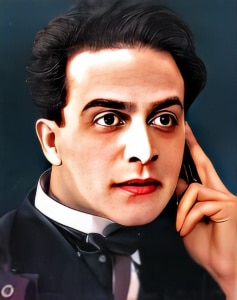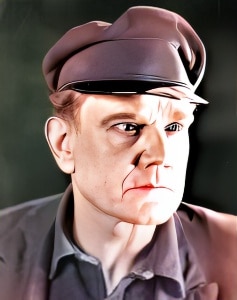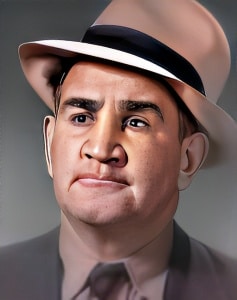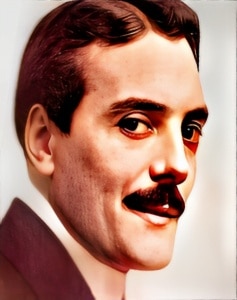 Max Linder, born Gabriel-Maximilien Leuvielle on December 16, 1883, in Saint-Loubès, France, was a trailblazing comedian and filmmaker whose impact on the world of silent cinema is immeasurable.
Max Linder, born Gabriel-Maximilien Leuvielle on December 16, 1883, in Saint-Loubès, France, was a trailblazing comedian and filmmaker whose impact on the world of silent cinema is immeasurable.
Recognized as the first international comedic star, Linder’s contributions laid the foundation for generations of comedians and filmmakers.
Embarking on his entertainment career in the early 20th century, Linder quickly embraced the potential of filmmaking as a new form of entertainment. His debut in the 1905 short film “The Skater’s Debut” marked the beginning of a career that would redefine comedic cinema.
One of Linder’s revolutionary contributions was the creation of his alter ego, Max, a character distinguished by a silk hat and mustache. Max became an iconic figure in silent comedy, endearing himself to audiences worldwide with his relatable yet comically flawed persona. Linder’s portrayal of Max showcased a universal appeal that transcended cultural and linguistic boundaries.
Beyond his on-screen performances, Linder pioneered film direction and production. In 1912, “Max Learns to Skate” showcased his innovative spirit by breaking the fourth wall, a technique considered groundbreaking for its time. Linder’s willingness to experiment with the language of film set him apart as a visionary in the industry.
In 1914, Linder made a significant impact with “Max and His Dog,” incorporating his real-life canine companion into comedic storytelling—an early example of the animal sidekick trope that later became a staple in the genre.
Linder’s venture into American cinema during the 1910s solidified his status as an international star. Despite the challenges he faced in the demanding American film industry, he continued to produce a series of short films that highlighted his comedic prowess. However, the strains of his American experience led to his return to France in 1916.
While in France, Linder created the silent comedy short film “ Max in a Taxi” in 1917. The film showcases Max chauffeuring passengers through the chaotic city streets, navigating a series of comedic encounters and misadventures. Linder’s physical comedy, visual gags, and charming on-screen persona are on full display, making “ Max in a Taxi” a delightful example of his comedic genius.
Despite personal and professional challenges, Linder’s resilience fueled his continued contributions to cinema. His 1921 film “Seven Years Bad Luck” is remembered for its innovative use of visual gags, with the iconic mirror scene standing out as a classic moment in silent film humor.
Tragically, Max Linder’s life took a downturn, and he faced personal hardships. In 1925, he and his wife, Hélène, experienced a double suicide. This devastating event cast a shadow over Linder’s legacy, but his impact on the world of comedy endured.
Max Linder’s legacy is one of innovation, laughter, and a pioneering spirit that transcends time. His ability to harness the burgeoning medium of cinema for comedic storytelling paved the way for future comedic legends. Despite personal struggles, Max Linder’s contributions to silent film comedy, including the timeless “ Max in a Taxi,” remain integral to cinematic history, reminding us of the enduring power of laughter in the face of adversity.
Loading live eBay listings...

